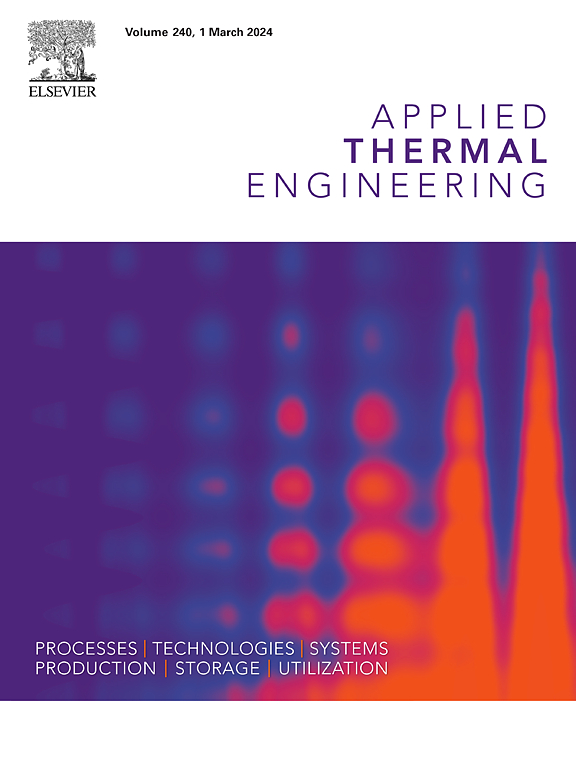Electro-thermal coupling modeling and thermal characterization of sodium-ion batteries
IF 6.1
2区 工程技术
Q2 ENERGY & FUELS
引用次数: 0
Abstract
Sodium-ion batteries have garnered increasing attention in the field of large-scale energy storage due to their low cost, abundant resources, and wide operating temperature range. This study investigates the thermal characteristics and management of sodium-ion batteries. However, compared to lithium-ion batteries, sodium-ion batteries exhibit higher internal resistance, leading to significant heat generation, particularly at high discharge rates, which presents challenges for safe and efficient operation. In this study, experimental testing and modeling methods are used to explore the effects of internal resistance, specific heat capacity, and thermal conductivity on battery heat generation. A liquid-cooled thermal management system combining aluminum plates and liquid-cooled plates was also developed. The results indicate that the battery temperature is influenced by both the charge and discharge rates, with lower temperatures improving thermal performance. The introduction of aluminum plates and optimization of the liquid flow rate (0.5 m/s) effectively reduced the maximum temperature by 17 ℃, compared to no thermal management system (62 ℃). This study emphasizes the critical importance of temperature management in maintaining battery performance and safety. Its novelty lies in revealing the heat generation patterns of sodium-ion batteries and using a combination of liquid cooling and aluminum plates to provide superior cooling performance at high discharge rates, while optimizing the thermal management strategy to balance cooling efficiency and energy consumption. This work lays the foundation for the development of thermal management designs for sodium-ion batteries and provides an effective approach to optimizing cooling systems for high-power applications.
求助全文
约1分钟内获得全文
求助全文
来源期刊

Applied Thermal Engineering
工程技术-工程:机械
CiteScore
11.30
自引率
15.60%
发文量
1474
审稿时长
57 days
期刊介绍:
Applied Thermal Engineering disseminates novel research related to the design, development and demonstration of components, devices, equipment, technologies and systems involving thermal processes for the production, storage, utilization and conservation of energy, with a focus on engineering application.
The journal publishes high-quality and high-impact Original Research Articles, Review Articles, Short Communications and Letters to the Editor on cutting-edge innovations in research, and recent advances or issues of interest to the thermal engineering community.
 求助内容:
求助内容: 应助结果提醒方式:
应助结果提醒方式:


